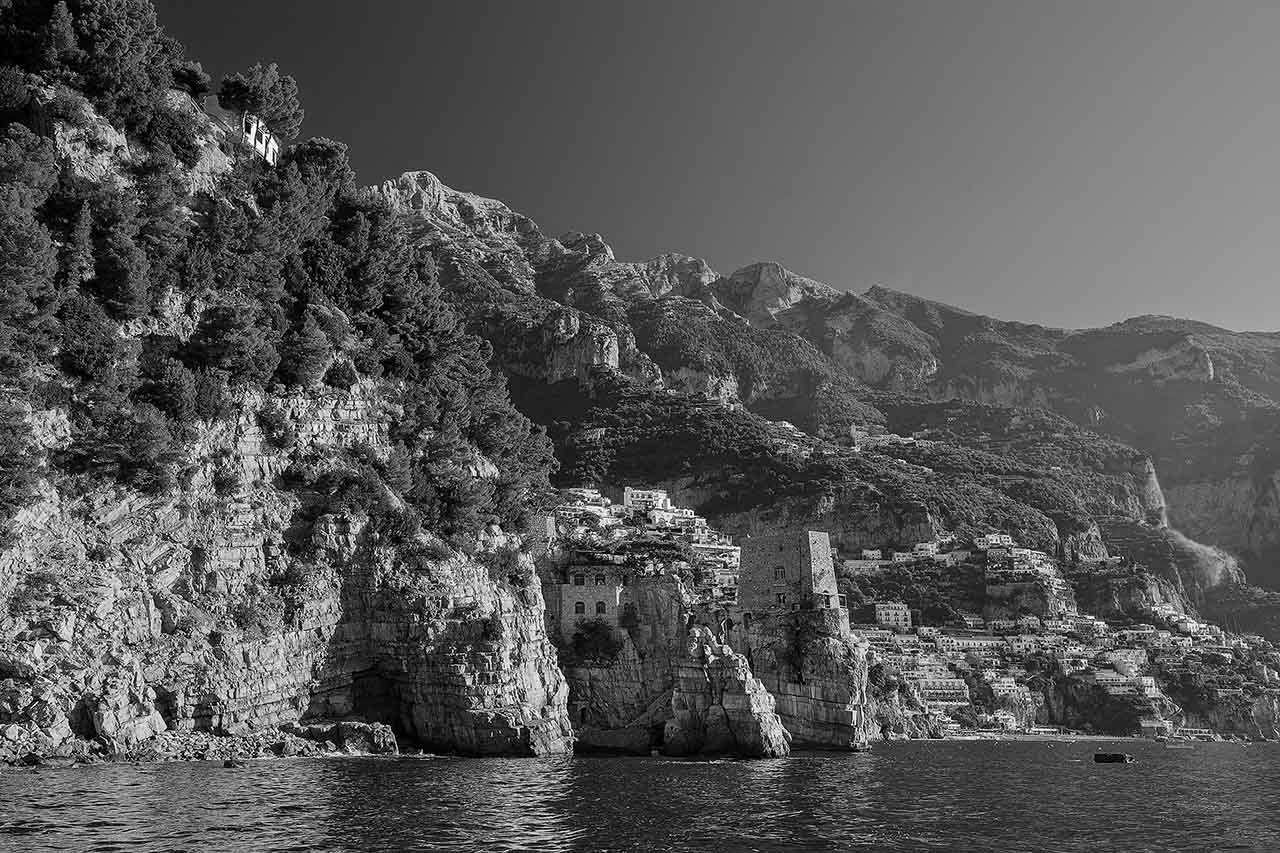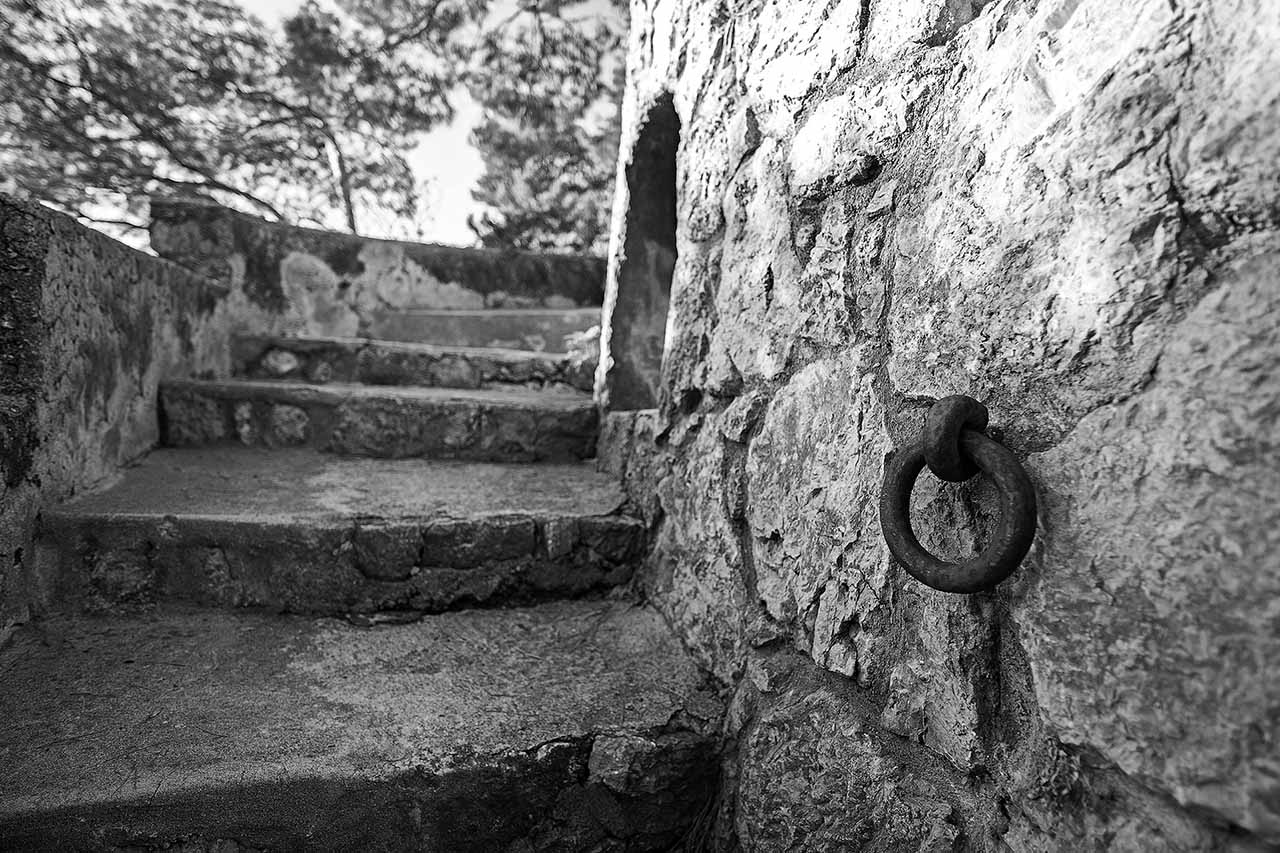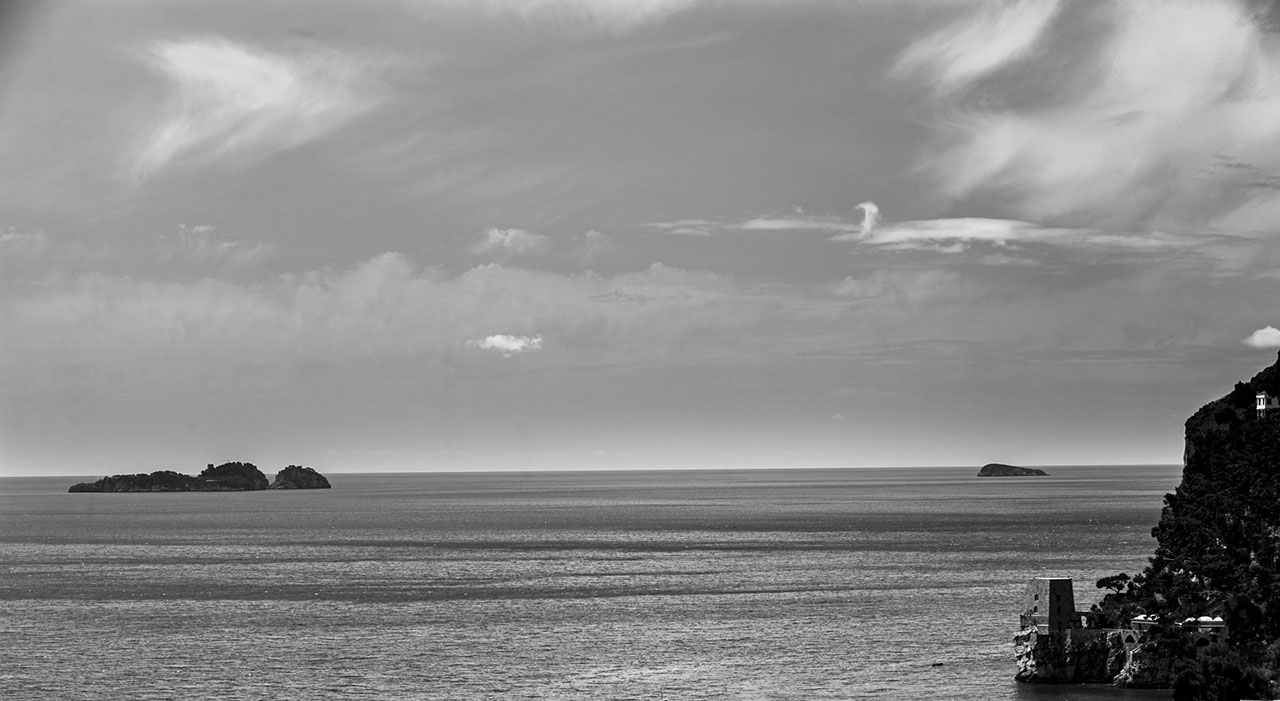The Swiss architect put the famous village on the map as a cultural destination thanks to the purchase and renovation of the Fornillo Tower.
April 2nd, 2023 By Imma Tralli, Photo by Vito Fusco
The Fornillo Tower, a majestic tower built during the Angevin Empire, emerges from Positano’s rocky outcropping overlooking the Sirenusas (the Gallos or Isola de Li Galli in Italian). Gilbert Clavel (1883- 1927), a Swiss architect, poet, writer, archaeologist, and aesthete, bought it in 1909 for 180 lire to make what has turned out to be an enduring work of art.
“He renovated it into a living and breathing organism,” says the tower keeper and Clavel expert Daniele Esposito. The Swiss architect was amazed by the tower’s pentagonal structure, saying its mystical form reminded him of the asceticism of the pyramids he experienced during his journeys to Egypt. He firmly believed that the building was to guide him in transitioning from life to death.
The Neapolitan cure
Clavel discovered Napoli, Capri, and the Amalfi Coast after following his doctor’s advice to spend some time by the ocean to help relieve his lifetime of breathing problems caused by a physical malformation of the lungs. «Capri and the Amalfi Coast brought new life into my lungs and my life. I feel like my vulnerability disappears when I’m between these walls and that this place is turning into the symbol of a struggle», writes Carlo Knight on the Swiss architect’s experience in the Amalfi Coast in his novel La Torre di Clavel (The Clavel Towel, La Conchiglia Editor, January 1999).

Clavel and the avant-garde artists in Positano
The Swiss architect met Mikhail Semenov, a Russian art dealer, during a trip to Rome. At that time, Semenov was the secretary to the Russian ballet impresario Sergey Djaghilev. Clavel described him as “a good-looking, articulate man with a long beard and high cheekbones.”
In addition, Semenov introduced Clavel to avant-garde artists such as Picasso, Massine, Depero, and other brilliant minds involved with the Ballets Russes, the famously itinerant ballet company based in Paris. While traveling around the Amalfi Coast, Semenov bought and completely renovated an old mill from the 17th century in Arienzo, known today as Villa Mulino d’Arienzo.
From what we read in Knight’s novel, Semenov suggested a trip to Positano to Djaghilev so that he could see the mill and the acclaimed Fornillo Tower with his own eyes. During that trip, Clavel asked Djaghilev his impression of Positano, and his reply was, «It’s a unique example of a vertical village.»
Clavel and Depero: the Plastic Ballets
The close relationship with Semenov helped the Swiss architect to deepen his friendship with Fortunato Depero, an artist from the futurism movement. «Clavel saw Depero’s artworks in his studio in Rome and was struck immediately. He describes the artist’s work as a “magical fauna” where I can see his dreams transfigured,» says Daniele Esposito. «They quickly became close, and Clavel bought three of Depero’s artworks, which marked the start of their adventure.»
The letter in which Depero asks his friend and lover for “lots of kisses and lots of money” is still famous. The most celebrated artwork collaboration between them is still undoubtedly the Plastic Ballets, one of the first and the most daring experiments in avant-garde theatre.
Clavel’s precious legacy in Positano
Clavel and his tower’s story are fascinating from an artistic point of view and a feather in the cap of Positano. The Swiss patron of the arts was the first to discover and appreciate this old fishermen’s village that, at the time, was entirely in decline. «Because of its dilapidated and abandoned state by the mid-19th century, the area of Liparlati was known as a dead city,» explains Esposito.
Thanks to Clavel, Positano became a destination for artists, which marked the beginning of a return to its former splendor. Clavel made a point of hosting and entertaining Semenov, Massine, and other friends who used to gather in a local fishermen’s bar.«This is how the restaurant La Buca di Bacco was born, a nest for the intellectuals of that time,» says Esposito.

Modern history
German writer and Clavel friend, Kracauer described the tower as a “madness of rocks.” And over the years, Swiss and German intellectuals stopped in Positano during their visits to Naples and Capri. In 1954 Princess Santa Borghese Hercolani purchased the tower and took great care of it for the rest of her life so that it would continue to “reflect forever on the sea, silent like a sphinx that will never unravel its secret.”
(Translation by Michela Pandolfi)

